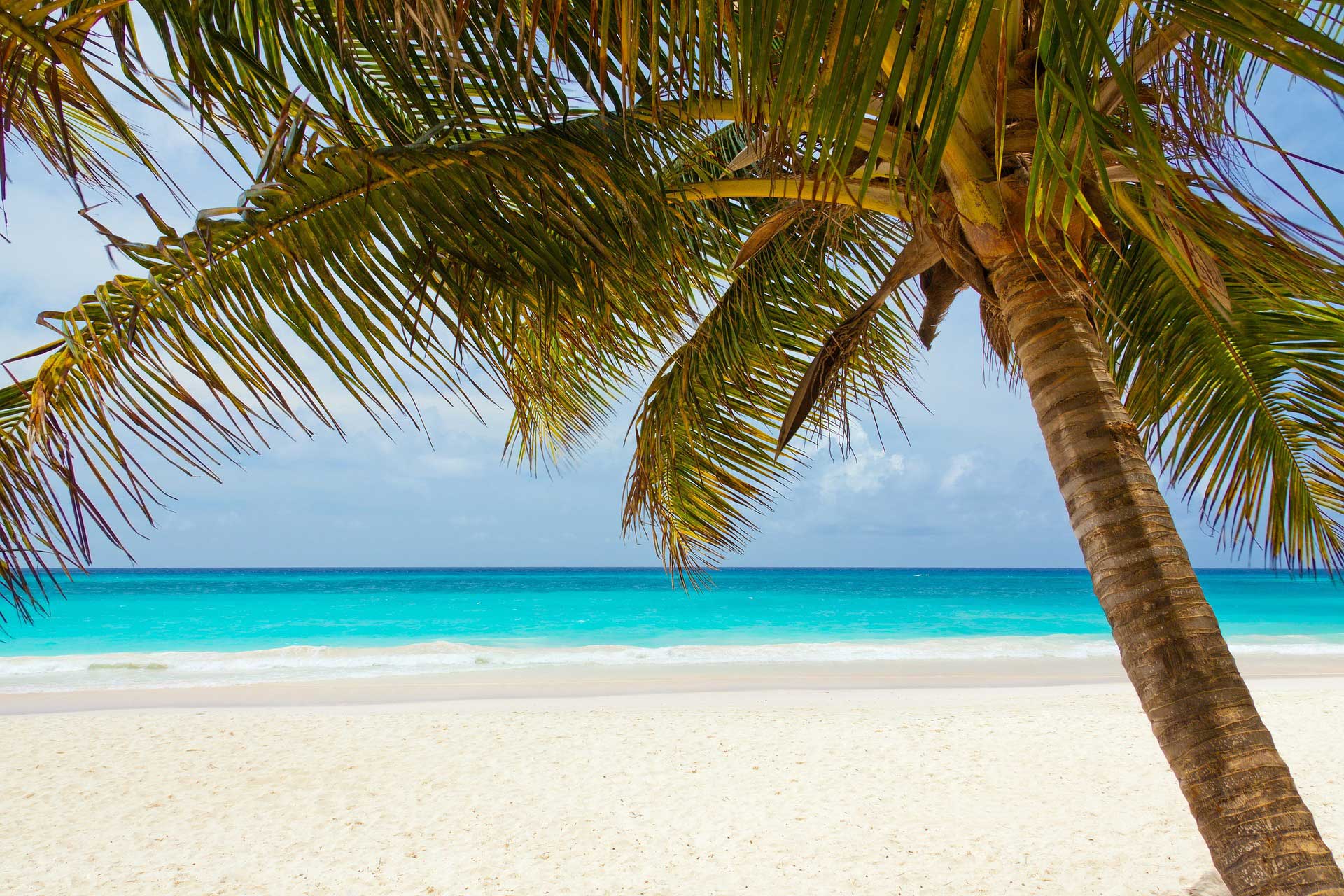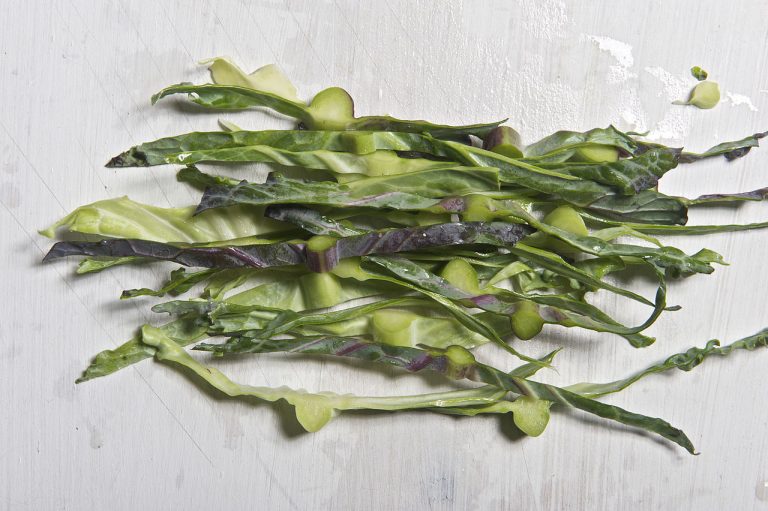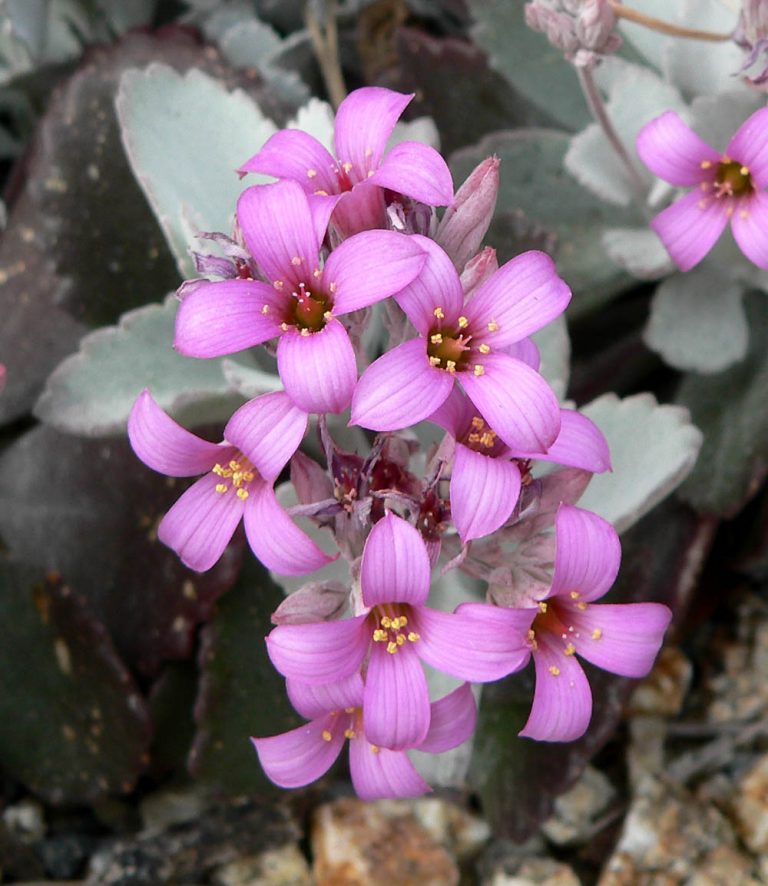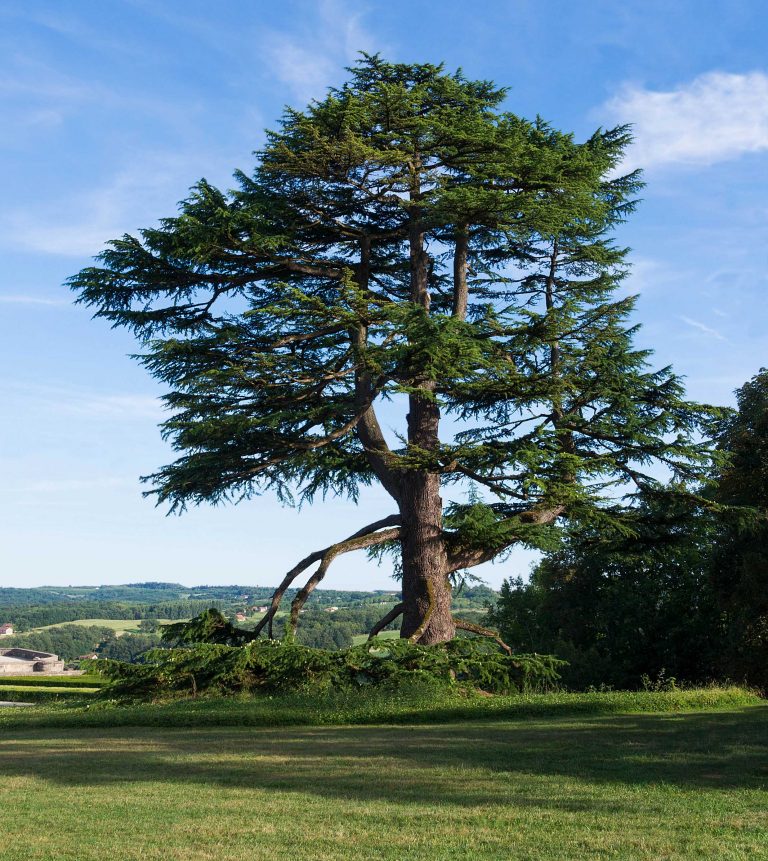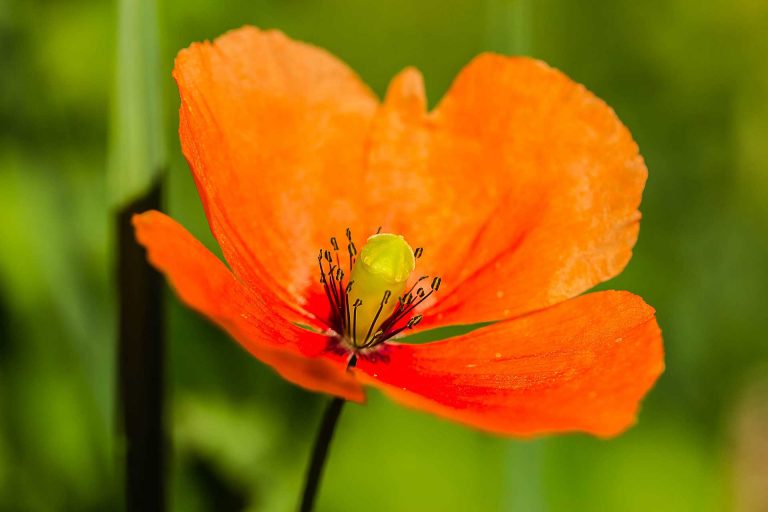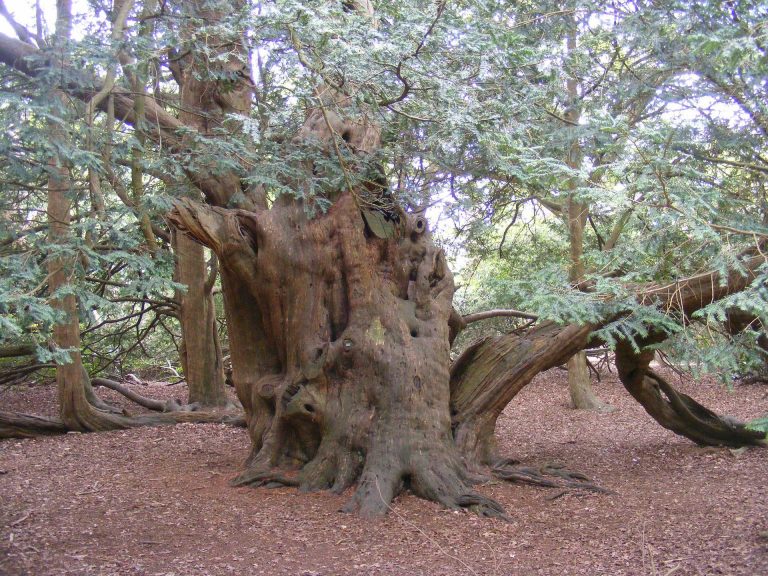Palm Tree
Scientific Classification
| Kingdom: | Plantae |
| Clade: | Angiosperms |
| Clade: | Monocots |
| Clade: | Commelinids |
| Order: | Arecales |
| Family: | Arecaceae |
The scientific name of the palm trees is Arecaceae, and they belong to the botanical family of the perennial shrubs, Lianas. They are commonly called palm trees. In historical terms, they are called Palmea or Palmaceae. These kinds of palm trees are flowering plants and they are the only single type in the monocot order of the Arecales. There are around 2600 species from 202 genera that are very commonly known. They are commonly found in tropical and subtropical and warm climates. We can see the palm with its evergreen compound leaves topping the stem that is without branches. Even though this is a common character there are exemptions to this. Some of them exhibit an enormous diversity in their physical characteristics. Palm trees can grow up in diverse habitats. They can grow in places like rainforests as well as in deserts, and belong to the most extensively cultivated families in the plant kingdom. They have been important to human beings throughout history. They offer several uses, as different foods are derived from them and are extensively used in landscaping because of their attractive appearance. They are economically important as a plant.
Symbolism
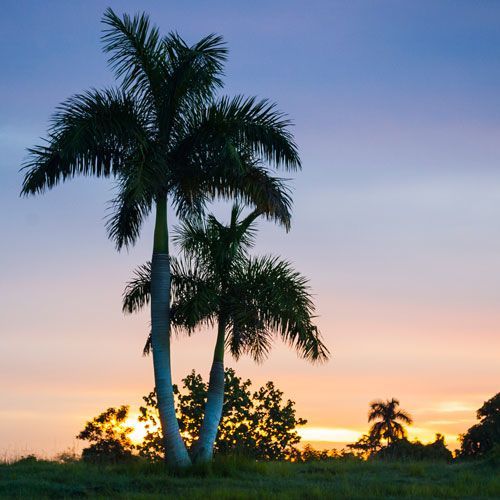
Photo by: Ivan2010
Before the advent of Christianity, the palm tree symbolized victory and triumph. Palm branches were given to the heroes of wars and games as a symbol of recognition of their prowess. The palm branch also symbolized the victory of good over evil by the early Christians. A good example of this is the jubilant entry into Jerusalem of Jesus Christ that we now celebrate as the Palm Sunday. Judaism sees the palm trees to symbolize peace and prosperity. The palm tree could also symbolize the Kabbalah’s Tree of Life. In the olden days the palm trees were used as a symbol of victory; now it is a symbol for vacations.
Anatomy
Many people believe that the palm tree is the king or the prince of the vegetable Kingdom… The flowers of the palm tree are also very simple. The palms have two types of leaves. The leaves are either fan shaped when they are called palmate, or feather-leaved when they are referred to as pinnate. These leaves are spirally arranged on the topmost part of the stem. During maturity the leaves tend to have a tubular sheath and emerge when it splits open. There are many changes that happen during maturity. The inflorescence tends to get woody during the time of maturity. What happens during this time is that the inflorescence is a spadix (Wiki: a type of spike inflorescence having small flowers borne on a fleshy stem) that is surrounded by one or more bracts. The flowers are white in color, very small and are symmetric in shape. They can be either unisexual or bisexual. The petals are three numbers each and they can either be distinct or they can be joined at the base. There may be six stamens which have filaments that can come attached to each other, separately or attached to the pistil at the base. The fruit of the plant has only one seed, but in some cases there can be more than one seed.
Habitat
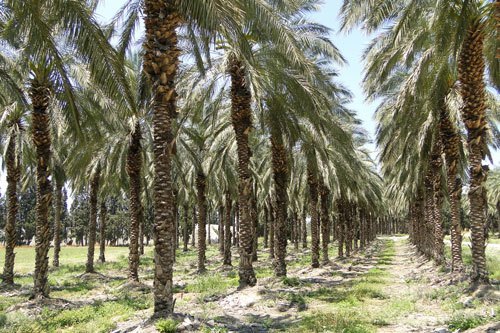
Photo by: Adam Jones
The tropical region is where the palm trees grow more, and you can see them in abundance almost everywhere. The palm trees grow in profusely in areas where the soil is wet and the land is low. The areas in the world where they are found are the Madagascar, where you can find more palms than in entire Africa. You can find the most number of palm species in Colombia. Palms are seen widely in many parts of the world. In America they are found in parts of Florida, Arizona, New Mexico, California, Georgia, Louisiana, Mississippi and much more. They are also found in places like Africa, South America and in parts of Mexico and Hawaii.
Beyond the tropical regions more than 130 species grow naturally. They grow mostly in the subtropical areas. In the southern part of France they are called Chamaerops Humilis and grow at a latitude 44°N in the northernmost native areas. In the Southern most areas the palms grow at 44°S where the climate is oceanic and are well suited for the growth of the palms. Some palms grow well in temperate climates like that in England, Scotland and northwest of the Pacific. They also grow in parts of Ireland where they grow north of the sea and are known as the Trachycarpus Fortunei.
Variety
Cabbage palms can grow in any kind of atmosphere and in a variety of different areas. They can grow in dry areas as well as areas that are wet. They can grow in areas that are salt flats and also adjacent to cactus thickets. The palms can survive in areas that are deserts where other plants cannot survive. You can palms growing in abundance along the coastlines of North and South Carolina. They are also seen in plenty in Florida and the Florida keys. You can find these palms in and around the areas of Hawaii, Cuba as well as the Bahamas. A variety of palms grow on the side of the coast and along the northern ranges. In the flooded lands of Florida, below an altitude of 100 feet, you can see some palms grow periodically. The Areca palms are grown very rare in the wild. Madagascar that is located in the Indian Ocean, which is in the southeastern cost of Africa, is the native land of the Areca Palms. Tropical climate suits the growth of the palms in the Madagascar’s natural habitat. They grow in the hot rainy season as well as in the hot weather in the Madagascar area. They grow in the hot and rainy season from November to March and in dry and cool climates from April to October. The climate that is tolerated minimum is 20F TO 30 F.
Water
If the watering is not done properly, the plants may develop stress, affecting the growth of the plant. We can see this happening to the leaves that are older. Even though it happens in older leaves the young leaves may also die and the buds can also die due to lack of water. Some of the leaves may tend to fold in the middle along the midrib. In the case of older palms the trunks may collapse. Sufficient water should be given to the palm and that rate of watering should be at least two gallons in a minute. The root system of the palm tree extends very wide and well beyond the base of the tree. So the palm can benefit better watering widely and not concentrate in a particular place. Always make a ring of the mud in the area just round the trees and make sure the base of the tree and the areas surrounding it are free from grass so that it is easier for the roots to get enough of water. Always make sure you regulate the temperature of the soil by keeping mulch conserves in the soil to retain moisture. This would regulate the temperature. The palm tree requires more water when the temperature is hot and less water when the temperature is cool and no water at all in freezing temperatures.
Temperature and Humidity
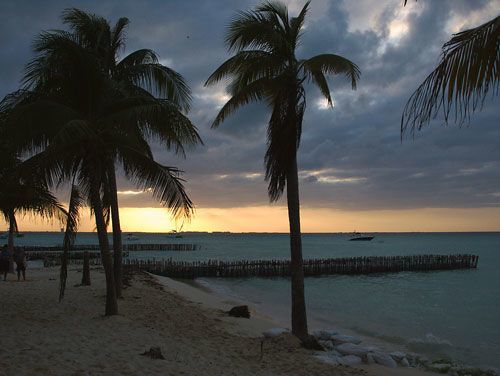
Photo by: Šarūnas Burdulis
We all know that temperature and the humidity are always related to each other. Pigmy date palms grow well in areas that are highly humid. The date palms grow in areas that have full sun. The palms do not grow in areas that have dry heat. The palms do not grow in desert areas or in inland areas that have dry summer heat. They grow well in areas that have partial sunlight or filtered sunlight. If you want to know the temperature that is best suited for the good growth of the plant, it is always better to understand the place from which it originated. The origin of the Pygmy date palms is in Laos, South East China and also parts of Vietnam. In these places the plant grows near the river beds. The climates in these areas are humid and hot and freezing cold in the winter. They can even survive drought to some extent, but they have to be watered on an average of three times a week.
Soil
The soil beneath the tree it is as important as the sunlight above it. The right type of soil is very important for the palm tree from the point of view of providing the best support to grow strongly. Most varieties of the palms grow well in acidic and alkaline soils. But there are varieties that are very fussy about the soils they grow in as well. When you choose a soil for the palm tree choose a soil that has good drainage features. Most of the cultivators grow the palm tree in a successful manner till date. The cultivators have to be professional and the secondary factor that they have to contend with is the area where the palm has to be grown. There are two types of cultivation. The first being the greenhouse cultivation and the other being the open area cultivation. Next, you have to consider whether you are growing them from a seedling or whether you are contemplating to grow a large plant. The one thing that both need in common, is that the soil you use. The most suitable soil should be used to grow them. Not all use the classic peat moss combination. As soon as you plant the tree, feed the tree with an ample amount of water. The first watering is very important for the palm. Penetration agents can be used to water the palm trees.
Pest
Insects are the usual pests that affect the palm tree. Palms that are kept indoors are most likely to be affected by the spider inside. This is not common only with palms, but with any plants indoors. The pests thrive when the areas are dry. These pests can affect any part of the tree, especially the leaves. You can see a web from the underside of the fronds. You can also see tiny dots on the leaves that come along with the dryness. They move around the foliage. When you notice a palm tree you can see a yellow spot on them. If the infection is more severe, then spray the leaves with matricides and that will help them greatly.
Harvest
The dates remain above at a good height and you need something high to pluck them. In ancient ladders were used to pluck the dates from the trees. But things have changed now. Now U- Shaped baskets are fitted to a forklift to reach the hanging dates or fruits. This method can be used only for trees that are within a height of 40 feet, as when the trees are taller, you need another method for plucking. While plucking make sure you use the latest technologies.
Palm Tree Uses
Providing a good shade notwithstanding, the palm tree has several diverse uses to its credit. This is a tree that has more uses than most trees in the world. Commercial growing throws up several unique uses for these trees, because, strange as it may seem, every part of the tree gives a good account of itself in utility.
Fruits
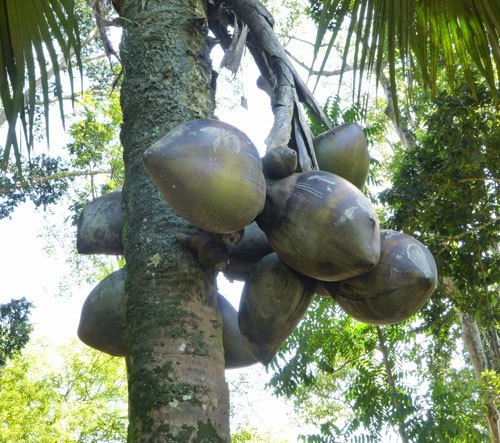
Photo by: Ji-Elle
Coconuts and dates account the main edible parts of the palm tree that have several uses. The fleshy part of the coconut is eaten as it is and the water from tender coconuts is very sweet and healthy, and contains a variety of essential minerals. The fiber of the coconut is used for making coir and in upholstery, while the kernel contributes to the manufacturing Active carbon. Dried coconut fruits are used for extraction of edible coconut oil.
The dates are excellent to eat dried and also for making jams and confectionery.
The palm tree accounts for natural supplements like Saw Palmetto and Acai Berries that originate from the palms. The Acai berry is a hot commodity in the weight loss and health drink categories.
Excellent jelly and wine is made from the Pindo Palm fruits and the juice of the toddy palm contributes to “sky beer” in South East Asia.
Even the shell’s sprout is an edible commodity, and can also be used for decorations.
Leaves
- The palm tree leaves are excellent fodder for livestock, cattle and even elephants.
- The midribs dried palm tree make for excellent brooms.
- They make good roofs
- They make excellent straw hats using these leaves
- They provide comforting shade wherever they grow
Palm Tree Trunks
Sugar palm tree trunks yield sap from which you can make sugar.
Cut tree trunks now contribute to manufacturing excellent sidings and floorings.
The wood turns harder than the Oak after curing and can be used for several purposes.
In places like the Philippines, palm tree wood is used for building houses.
Wax
In Columbia, the fruits of the wax palm are used to make excellent quality of wax.
Palm Heart
People in some places like to eat the “heart” or the inner core at the apex of the trunk, that is the bud or the crown, where the leaves start to form. This is the heart of the palm tree, and removing it may be the death of it.

Having discovered a fondness for insects while pursuing her degree in Biology, Randi Jones was quite bugged to know that people usually dismissed these little creatures as “creepy-crawlies”.

